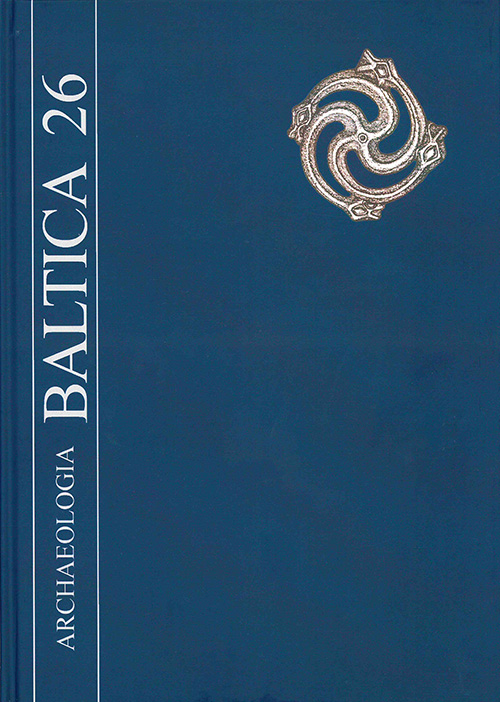Volume 26 (2019), December 2019

Order by:
Pub. online: 5 Dec 2019
Type: Introduction
 Open Access
Open Access
Pub. online: 5 Dec 2019
Type: Article
 Open Access
Open Access
Abstract
Pub. online: 5 Dec 2019
Type: Article
 Open Access
Open Access
Abstract
Pub. online: 5 Dec 2019
Type: Article
 Open Access
Open Access
Abstract
Pub. online: 5 Dec 2019
Type: Article
 Open Access
Open Access
Abstract
Pub. online: 5 Dec 2019
Type: Article
 Open Access
Open Access
Abstract
Pub. online: 5 Dec 2019
Type: Article
 Open Access
Open Access
Abstract
Pub. online: 5 Dec 2019
Type: Article
 Open Access
Open Access
Abstract
Pub. online: 5 Dec 2019
Type: Book Review
 Open Access
Open Access